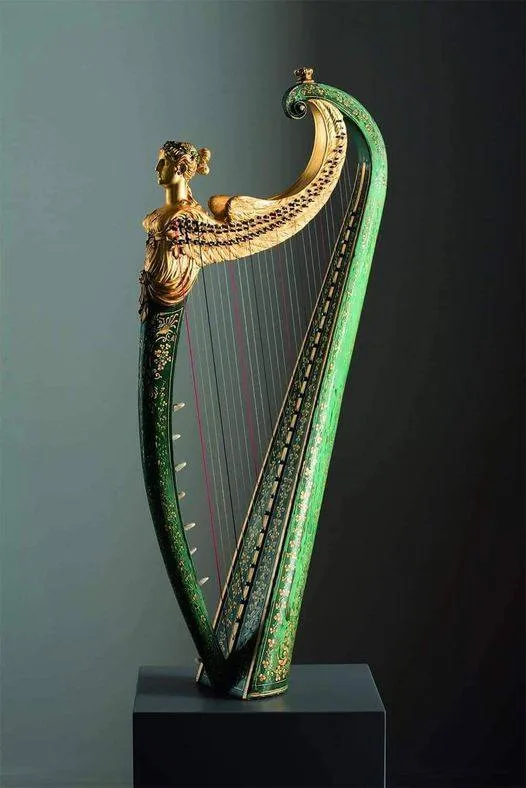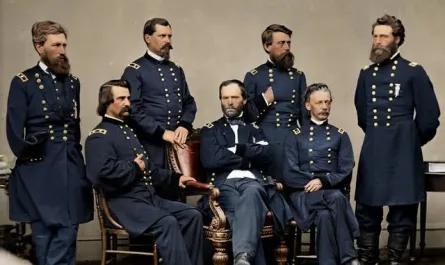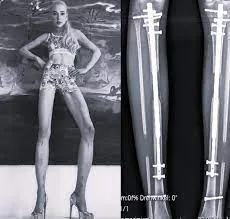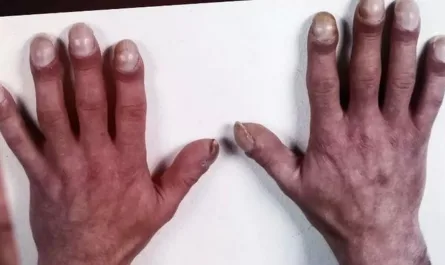Ireland holds a unique distinction as the only country in the world to claim a musical instrument—the harp—as its national emblem. From the coat of arms to passports, euro coins, and even the iconic Guinness logo, the Irish harp is a powerful symbol of the nation’s heritage. But this ancient instrument, rooted in the design of the lyre, carries far more than beautiful melodies; it bears the weight of Ireland’s history, struggles, and unyielding spirit.

A Legacy Born in Gaelic Courts
The Irish harp’s story begins over a thousand years ago in the heart of Gaelic society, which flourished not only in Ireland but also across the Scottish Highlands. In those times, the harp was more than an instrument—it was a mark of prestige and power. Kings and chieftains employed skilled harpists to perform at feasts, ceremonies, and gatherings, where their intricate melodies on wire-strung harps wove together music, poetry, and storytelling. These musicians held such reverence that under the ancient Brehon Laws, their fingernails—essential for plucking the strings—were legally protected. The harp was a cultural bridge, linking Ireland and Scotland in a shared Gaelic tradition of artistry and oral history.
A Symbol Under Siege
The harp’s significance took on new meaning as British rule tightened over Ireland from the 16th century. What was once a source of pride became a symbol of resistance. The English authorities, recognizing the harp’s role in fostering Irish identity, sought to crush it. Laws banned the possession of harps, harpists faced persecution, and countless instruments were burned in a deliberate attempt to extinguish the “Irish spirit.” By the late 1700s, the tradition teetered on the edge of extinction, with only a few elderly harpists keeping the ancient melodies alive.
A Turning Point: The Belfast Harp Festival
In 1792, a glimmer of hope emerged with the Belfast Harp Festival. Eleven aging harpists gathered to perform their fading repertoire, and a young musician named Edward Bunting meticulously transcribed their music. His work preserved a treasure trove of ancient melodies that might otherwise have been lost forever. This act of cultural preservation was a quiet but powerful defiance against efforts to erase Ireland’s heritage.
John Egan and the Harp’s Revival
The early 19th century brought a craftsman whose ingenuity would breathe new life into the harp: John Egan. Working in Dublin from 1801 to 1841, Egan crafted over two thousand harps, blending tradition with innovation. His “Royal Portable” harp, a smaller and lighter design, made the instrument more accessible and practical for players. Egan’s harps bridged the gap between the traditional wire-strung instruments and the modern gut-strung pedal harps, ensuring the harp’s place in both traditional and evolving musical contexts. His creations, renowned for their beauty and craftsmanship, helped spark a revival of interest in the instrument.
The Harp Today: Echoes of Resilience
Today, the Irish harp remains a vibrant part of Ireland’s cultural landscape, played in traditional folk sessions and modern performances alike. As the national emblem, it adorns official symbols and everyday objects, from coins to logos, serving as a constant reminder of Ireland’s past. The harp’s journey—from the royal courts of Gaelic kings to the rebel gatherings under British oppression, and through the efforts of figures like Bunting and Egan—reflects a resilience that defines the Irish spirit.
Every note plucked from its strings carries the echoes of a thousand years: the grandeur of ancient courts, the defiance of a people under siege, and the determination to preserve a culture against all odds. The Irish harp is not just an instrument; it is Ireland’s heart, still beating strong.





